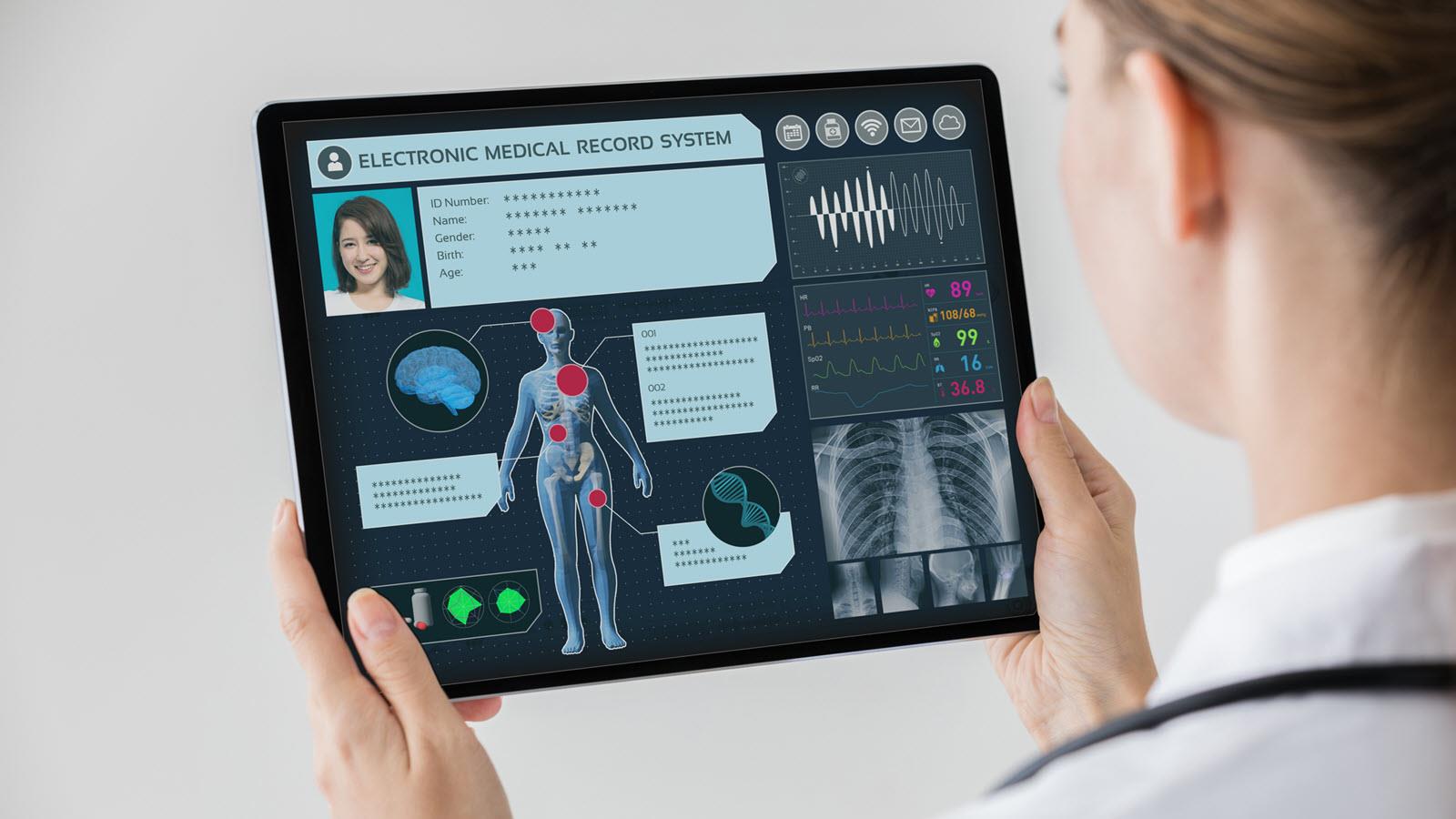Do you have a copy of your health records? All of your health records?
For U.S. patients, the answer is likely no unless you’ve paid fees, invested in a fax machine and jumped through a number of hoops. Different providers likely use different digital portals, leaving patients with a crazy quilt of platforms to navigate. For those who have complicated health histories, it’s a challenge to pull together important information like imaging tests and lab reports when they visit a new doctor.
But that should get easier because of new rules that took effect in October under the 21st Century Cures Act. It gives patients full access to their own medical records, in a digital format. This means providers have to make patients’ records – all of them – available, digitally, upon their request. The process must be free, timely and secure.
“To think that we actually have greater transparency about our personal finances than about our own health is quite an indictment,” Isaac Kohane, a professor of biomedical informatics at Harvard Medical School, told STAT News. “This will go some distance toward reversing that.”
A Brief History of Medical Records
When medical records started to go digital in the 1990s, regulators soon realized that extra protections were required to protect them. Under HIPPA, the Health Insurance Portability and Accountability Act of 1996, a rule called the Standards for Privacy of Individually Identifiable Health Information (the “Privacy Rule” for short) was put in place primarily to protect people’s health records from outsiders.
The rule also sought to allow “the flow of health information needed to provide and promote high quality health care and to protect the public's health and well-being,” explains the U.S. Department of Health and Human Services.
But even though patients technically were allowed to access their records, they often found insurmountable barriers labeled “information blocking.” It was legal for providers to charge fees, mandate that information only be sent by fax and require requests be made in person.
The Future of Medical Records
Experts are hopeful that the new rule will give patients more power over their own health and result in better care. For instance, when you have access to your full records, it can be easier to switch providers, or add a new specialist. It can also make it easier to share information with researchers, if you want to do so.
A number of organizations are already helping patients organize what could be a deluge of information. For instance, websites like “Where Is My Medical Record?” offer advice about rights and procedures for getting your records.
Advocacy groups like Open Notes are helping patients navigate these systems, while organizations like Ciitizen are offering tools for organizing records. As Ciitizen puts it: “Controlling all your records in one place makes it easier for you to get second opinions, access clinical trials, get personalized treatment, coordinate with caregivers and contribute to research.”
Medical Records Around the World
Though the new rule applies only to people in the U.S., similar efforts are underway in other countries that would grant patients access to their own health records. By 2017, Canada, Finland, France, Iceland, New Zealand, Norway, Scotland, Singapore and Sweden had announced plans to provide citizens access to their health data. Just three countries, Denmark, Estonia and Australia, had systems fully in place by that year.
More recently, the European Commission adopted a formal recommendation that will allow patients to more easily access their medical records across country borders. The new recommendation builds on the General Data Protection Regulation (GDPR,) which passed in 2016 and granted citizens the right to access their personal data.
Experts and patients alike are hopeful that more transparency and information sharing will be a good thing for patient outcomes. As efforts come to fruition, some researchers say advances in technology could help bring about new insights just by looking at existing records. For example, artificial intelligence and machine learning could spot trends in written doctor visit notes once they’re digitized and accessible.
It can be confusing and even a little awkward to read a doctor’s notes, which are often a kind of shorthand rarely written with patients in mind. An article in the Journal of the American Medical Association offers some advice to patients who receive doctor visit notes in their medical records.



